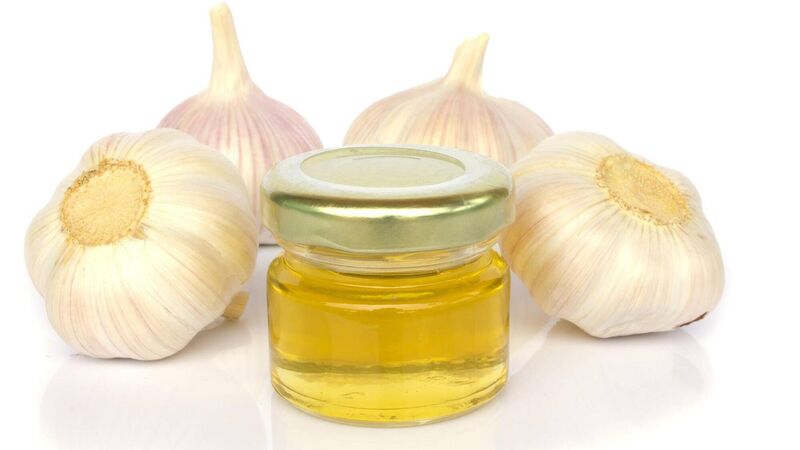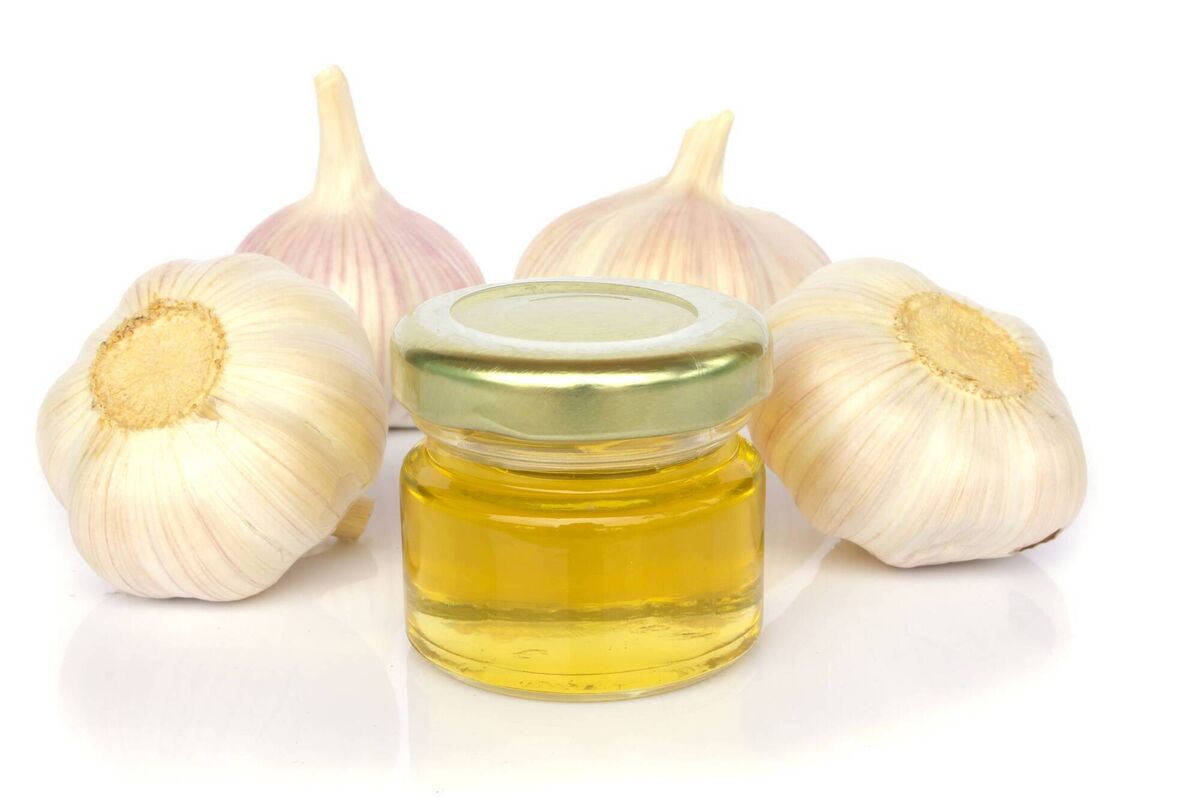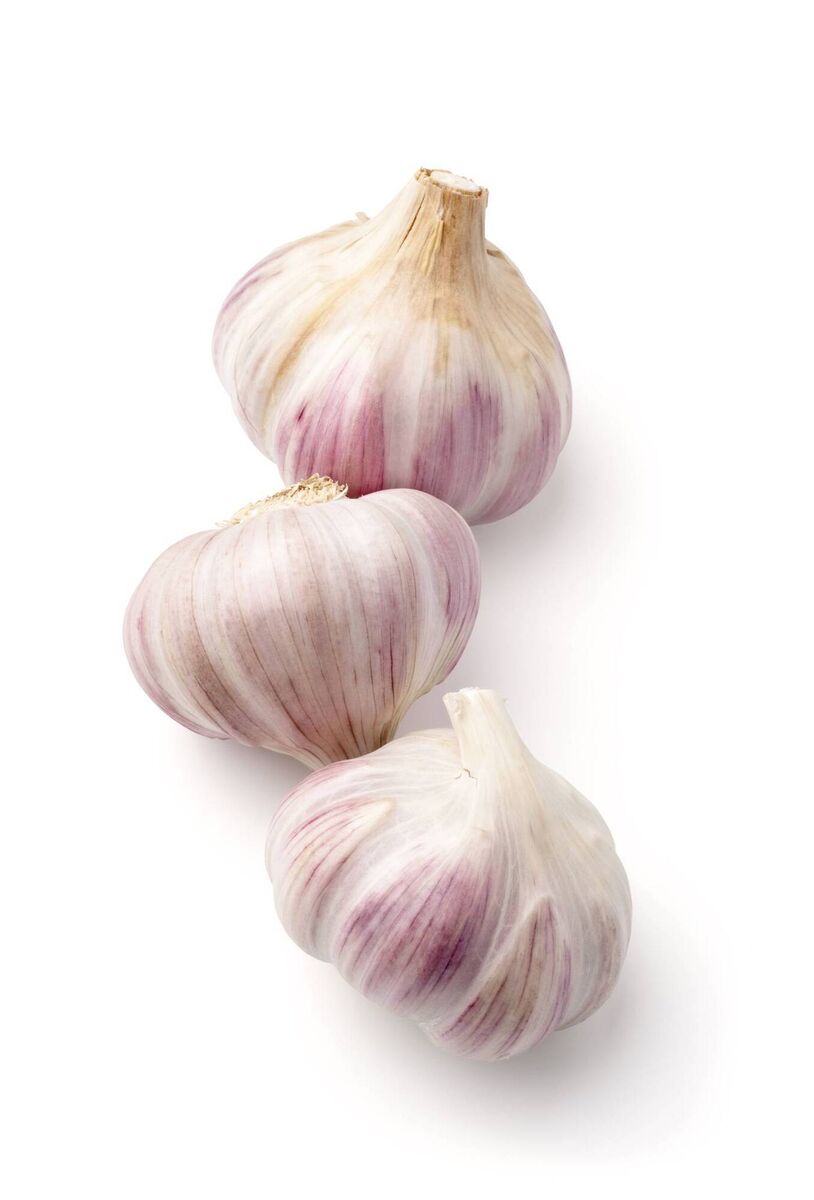Natural health: Will garlic help to treat a fungus in my toenails?

Picture: iStock
Essential oils applied neat to the affected nails can help clear an existing fungal infection.


Feeling cold due to perimenopausal changes is as common as the well-known hot flushes and night sweats at the other end of the temperature spectrum. It can be difficult to regulate body temperature as hormone levels change, in part due to the effect of low oestrogen levels on the hypothalamus.

Celebrating 25 years of health and wellbeing












